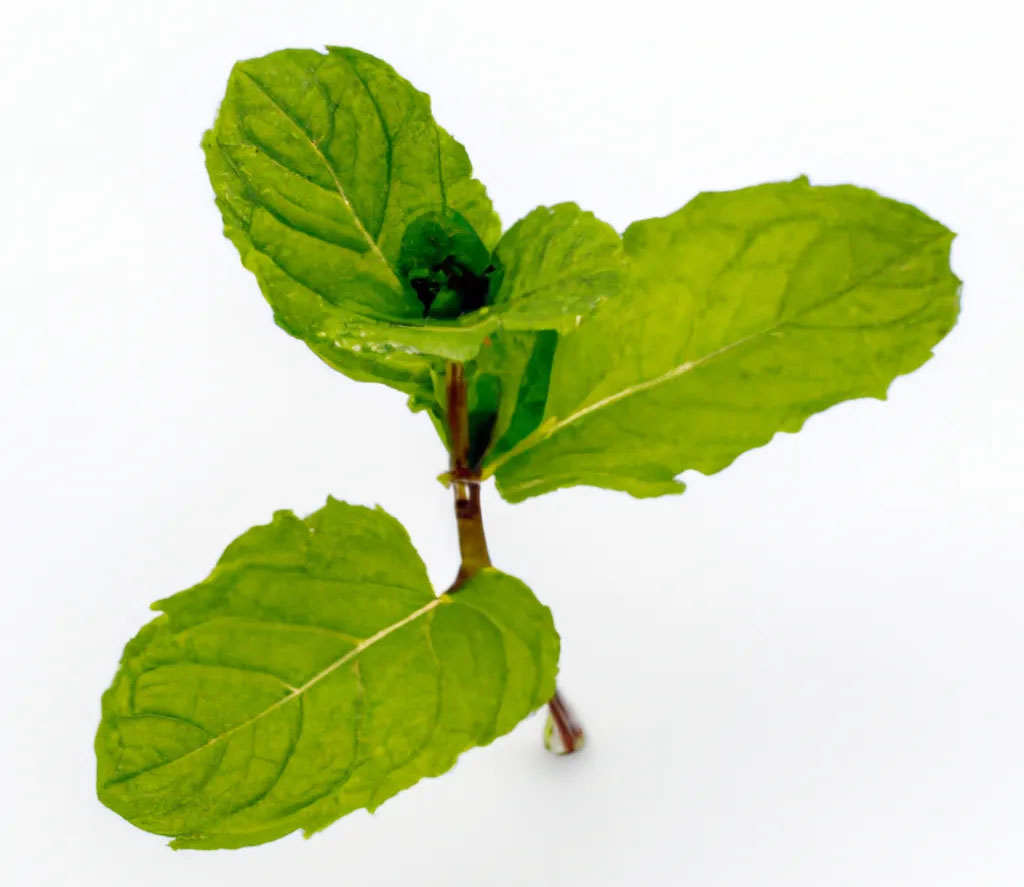Botanical Name: Mentha spicata
Spearmint, a fragrant and widely used herb, is known for its refreshing, mildly sweet flavor and cooling effect. This perennial plant, part of the mint family (Lamiaceae), has been cultivated for centuries for its culinary, medicinal, and aromatic properties. Spearmint is native to Europe and Asia but is now grown in many parts of the world due to its adaptability and popularity. Its bright green, lance-shaped leaves and fresh, minty aroma make it a favorite for both gardeners and chefs.
Spearmint has a milder, sweeter flavor than its cousin, peppermint, making it an ideal ingredient in a variety of dishes. Its characteristic menthol content is lower than peppermint’s, which contributes to its softer, less intense taste. This makes spearmint more versatile in both sweet and savory applications without overpowering the dish.
In culinary contexts, spearmint is widely used fresh or dried to add a refreshing taste to numerous recipes. It is a key ingredient in Mediterranean, Middle Eastern, and Southeast Asian cuisines. Fresh spearmint leaves are commonly added to salads, such as the famous Lebanese tabbouleh, or used as a garnish for dishes like roasted lamb or grilled vegetables. In Greek cuisine, spearmint is often mixed into tzatziki sauce, and in Turkish and Persian cooking, it flavors everything from yogurt dips to rice dishes.
Spearmint’s cool, refreshing quality also makes it a popular addition to beverages. It is famously used in mojitos and mint juleps, where its flavor enhances the sweetness and coolness of the drinks. In Morocco, spearmint is an essential part of traditional mint tea, where it’s brewed with green tea and sugar to create a sweet, aromatic beverage.

